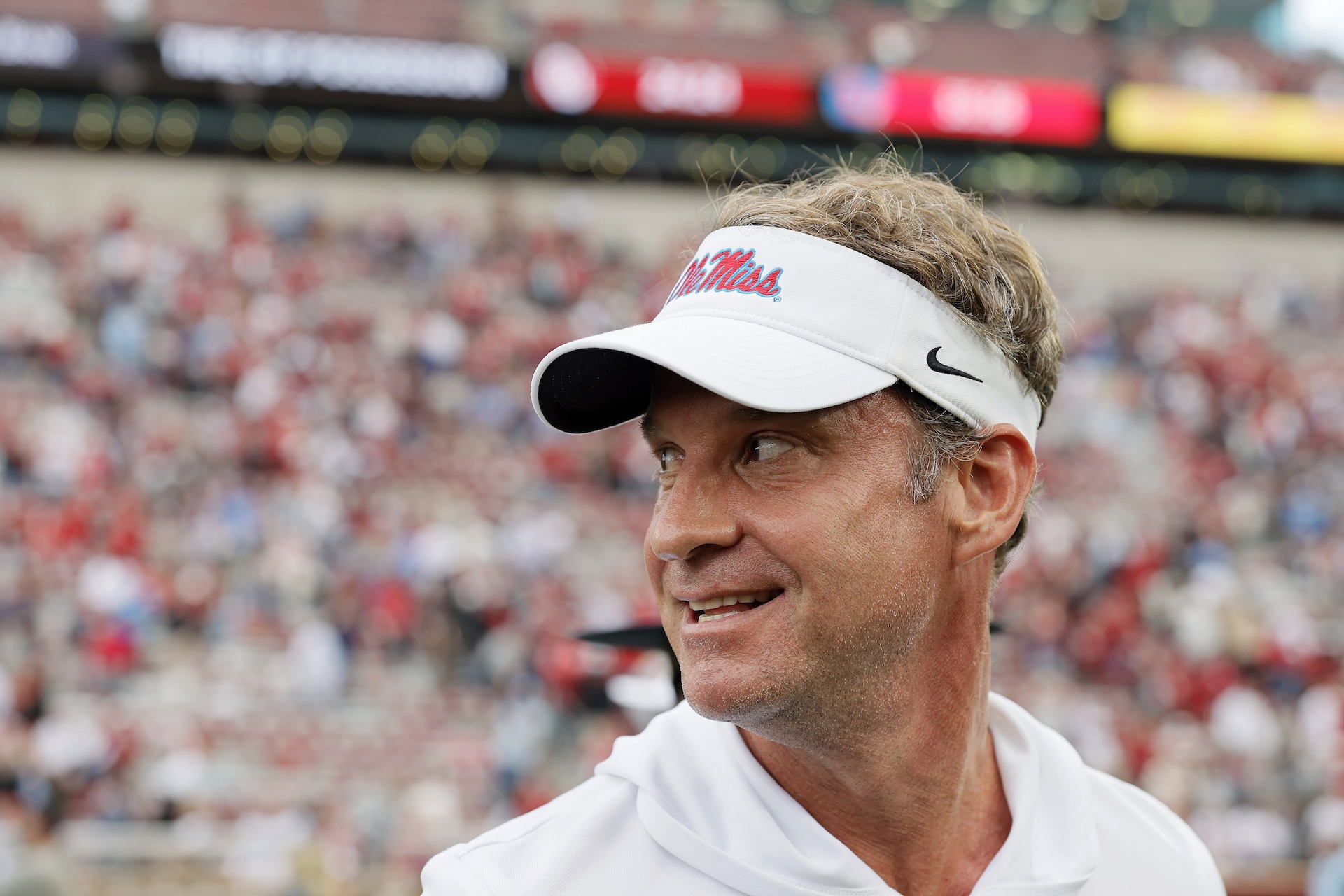Oklahoma City led for all but scant moments of Game 1 of the NBA Finals. For around 39 seconds of the first quarter, the score sat at 10–10, between an Andrew Nembhard three-pointer that tied it for Indiana and a floater from Shai Gilgeous-Alexander that untied it and put the Thunder ahead. Oklahoma City kept that lead until Tyrese Haliburton's game-winning jumper with 0.3 seconds left to play. For much of that time, the Thunder led by double digits, or at least by a handful of possessions' worth of baskets.
Likewise, for much of that time, particularly in the first half, Oklahoma City's half-court offense just kind of didn't matter: Between the advantages the Thunder got by running off of Indiana's copious turnovers and misses, and Gilgeous-Alexander's ability to create points and free-throw attempts off the dribble, they didn't really need to calm down and manufacture a series of baskets. Then they did need to do that, and couldn't. As Indiana scrambled to wipe away a nine-point deficit over the game's final three minutes or so, the Thunder, perhaps just tuned this way by a season of playing at a full sprint, repeatedly let themselves get baited into early shots.
Lu Dort—hardly a deadeye!—pumped up an above-the-break three with 11 seconds left on the shot clock and 1:45 to play, and bricked it. Gilgeous-Alexander went one-on-two in transition with 1:27 remaining and took—and made!—a tough contested double-clutch shot in the paint with 20 seconds left on the 24-second clock. The basket extended the Thunder lead to five, but looking back over a game the Pacers won with a shot in the final second, that possession stands out for its recklessness and wastefulness: If the Thunder were willing to settle for that kind of bad, contested, low-percentage shot, they very easily could have had one 10 or 12 or 18 seconds later, and then Haliburton might never have even had a chance to attempt a game-winning shot. Within five seconds of Gilgeous-Alexander's needlessly quick basket, the clock was stopped for a pair of Andrew Nembhard free throws; after he made both, Gilgeous-Alexander took the bait again, driving into Pascal Siakam and getting his layup attempt easily swatted away with nine seconds left on the shot clock.
This stuff adds up! The Thunder had no way of knowing they'd end up rueing every tenth of a second they didn't burn off the clock—but they did know they had a lead, late in the fourth quarter, against a team that had already set records for come-from-behind wins in these playoffs. And they knew that all they had to do was hang onto literally any portion of it for what—if they'd managed things more responsibly—could have been significantly fewer trips up and down the court.
Then again, when Oklahoma City did slow down and try to kill off the game, things hardly went any better. After a Siakam put-back cut the margin to one with 49 seconds to go, the Thunder made an effort to bleed time, with Gilgeous-Alexander not making his first move from the top of the key until around 10 seconds remained on the shot clock. But then he just sorta aimlessly dribbled at Nembhard for a few seconds, made a half-hearted step-back gather that didn't bait Nembhard into the air, and kicked the ball out to a flat-footed and well defended Jalen Williams 27 feet from the hoop with seven seconds to shoot. Williams—dreadful all game—drove right, panicked, and heaved up a ridiculous circus shot with some 3.5 seconds still left to shoot. Not what you want.
After roughly two years of video review of the ensuing loose-ball scramble, the referees awarded Oklahoma City possession on the side with 22.8 seconds to play and 14 seconds to shoot. It's hard to find too much fault with how the Thunder used the ensuing possession; Gilgeous-Alexander is the MVP after all, and had 38 points, and had created buckets out of nothing all night and all season, and he burned off all but three of those 14 seconds; if the resulting fall-away jumper wasn't exactly a good look, it's indisputably one he's converted something like a zillion times this season, against contests at least as hard as he faced here. He just missed it, is all. But it's hard to escape the judgment that he might not have had to take that shot at all, had the Thunder simply calmed down and run some focused, professional-grade half-court offense just a couple more times down the stretch of a game they had well in hand.
All of this, of course, would be moot had the Pacers not hit an astounding series of unlikely shots down the stretch: A crazy side-stepping leaner three from Myles Turner; a tough, off-balance corner catch-and-shoot three from Aaron Nesmith; an audacious step-back three by Nembhard; and of course Haliburton's awkward 20-foot pull-up for the win. That's part of the fun or miserable irony, depending on your rooting interest. Both teams were ragged as hell in the fourth—one by the absolute necessity of playing as fast as it could, and the other perhaps from a lack of composure—and the Pacers simply made more of their bad shots than the Thunder made of theirs.
But this, in a nutshell, is what the big question was about these Thunder back at the beginning of the playoffs: whether, when an opponent figured out how to take care of the ball and get buckets, a very young team with an all-action run-and-dunk style could handle the classic postseason scenario of managing possessions and grinding out tough baskets—of fitting itself to circumstances when it could not dictate them. If the results coming into the Finals have vindicated Oklahoma City's approach—and they have—then Game 1 sure seems to have re-opened the question. A bug, perhaps, of a playing style so defined by forcing turnovers and flying in transition is that it means, sort of by definition, the Thunder's offense is in its absolute most debilitated and vulnerable state in precisely those stretches when their opponents are calm and focused and scoring points.
None of this might matter. Just as authentically as the Thunder are the team that spent the fourth quarter of Game 1 barfing into its lap, they are also the team that spent the first quarter of Game 1 blitzing the Pacers off the court; had they shot a little better during that stretch of the game, they very easily could have gone into halftime up 30 and with the game effectively over. But their fans might not be the only ones breaking out into cold sweats if the second half of Game 2 presents a scenario like that the Thunder faced in the second half of Game 1, with the Pacers within reach and taking care of the ball, and the contest needing to be managed to the finish line.






